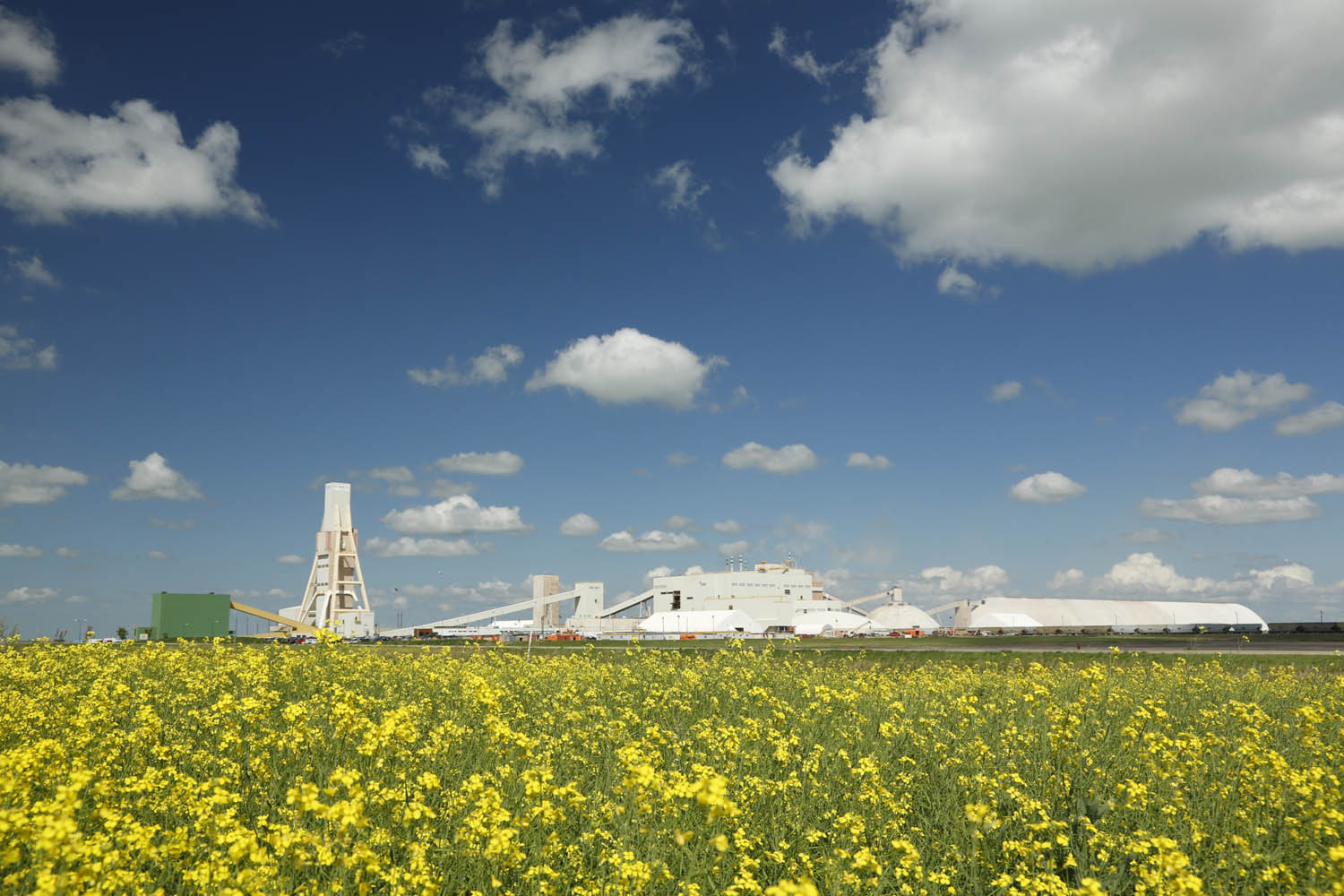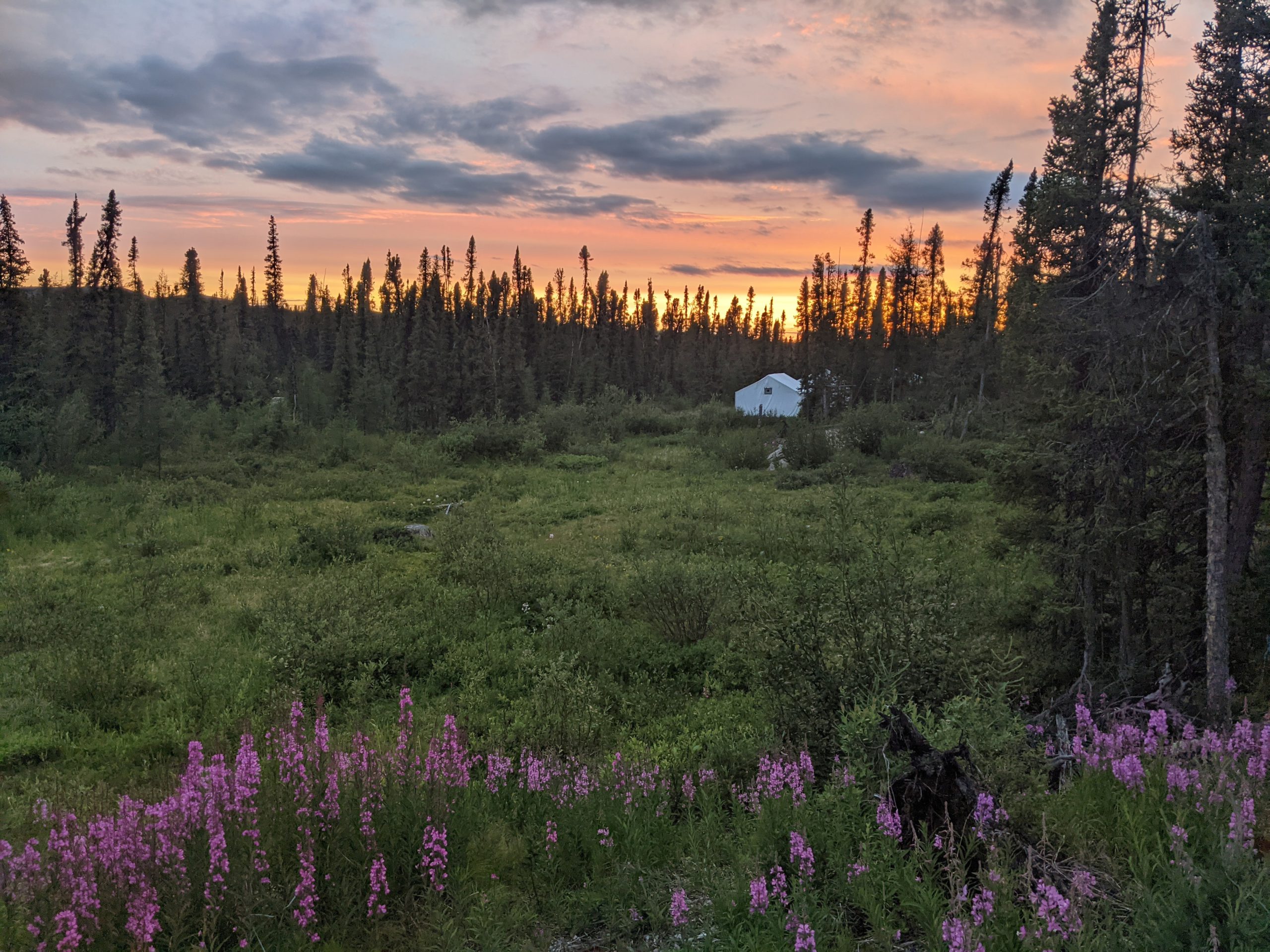Treasure Goes Beyond Beauty
Circling Golden Predator’s Brewery Creek site is like looking down on a golf course or ski resort. Its lush vegetation and steep valleys surrounded by rolling hills and snow-capped mountains make the place look like something out of a travel brochure.
Upon landing, however, it soon becomes evident that looks are deceiving because the 16,160 hectare property, located about 55 km east of Dawson City, shows clear signs of its former self.
It was once a gold mine.
Not just any gold mine mind you, but the largest lode gold mine ever built in the Yukon with a year-round heap leach and seasonal open-pit mining capacity of 11,000 tonnes of ore per day.
The mine closed in 2001 but did not remain dormant for long. In 2002, Viceroy Resources, the operators of the Brewery Creek site, conducted mapping programs to identify the host rocks for the highest grade mineralization found in the open pits. NovaGold and SpectrumGold drilled the property in 2004 looking for the “Donlin Creek” that is suspected to lie somewhere within the property boundaries.
In 2005 when Alexco Resources took over ownership of the property, much of Alexco’s efforts went into completing the reclamation and closure of the mine, and as stated at the outset, they did an outstanding job of transforming a producing open-pit mine into a picturesque landscape.
In conjunction with these efforts, the company completed a small drill program in 2006 before it decided to focus its exploration on another property located in Elsa.
Because of these more immediate interests in the Territory, Alexco opted late last year to sell 75% of its interest in Brewery Creek and that’s where Golden Predator comes in.
Armed with a wealth of experience from its management team, Golden Predator wasted no time in moving onto the Brewery Creek site.
The company immediately identified four drill targets at Brewery Creek: Pacific, North Slope, Blue and Fosters, targeting both deep sulphide extensions of historically defined mineralization at Pacific, North Slope and Blue, and extensions to oxide mineralization at the unmined Lower Fosters zone.
Results of the 2009 exploration program produced similar grades to those historically mined.
Ninety-five per cent of the previous drilling was less than 50 m in depth and the 2009 Brewery Creek oxide and deep sulphide program has yielded gold in both ore types.
Adding to the positive side of Brewery Creek for Golden Predator is the fact that the site still has active mine permits and water permits that expire in 2021. It also hosts a 43-101 compliant Indicated Resource of 3.98 million tonnes Au @ 1.135 g/t (0.038 oz/t) and an Inferred Resource of 2.20 million tonnes Au @ 2.01 g/t (0.059 oz/t) at a 0.5 g/t Au cutoff grade (Diment and Simpson, 2009)
Golden Predator’s other Yukon properties include Gold (Scheelite) Dome, Antimony Mountain, and Clear Creek. These are all intrusive-related gold systems (IRGS) associated with Tombstone Suite plutonic rocks, located within the famed Tombstone Gold Belt, and have the potential to host large bulk tonnage gold deposits such as those at Donlin Creek, Fort Knox and Dublin Gulch.
Last year the company drilled three of 14 known targets at Gold Dome within the overall 30 sq km soil geochemical anomaly and identified significant zones of high grade gold mineralization within skarn and quartz-sulphide veins.
The company plans to return to the project this year with a much larger three-or four-drill program to drill an additional 50 -100 holes.
Golden Predator’s newest property, Clear Creek, added last October, is known for significant placer production with no identified source and with geology very similar to the large Fort Knox deposit.
On its 2009 exploration activities, Golden Predator spent $1 million at Brewery Creek, $0.5 million at Gold Dome and $0.4 million at Antimony Mountain. This year the company plans to spend $4 -$5 million on exploration at the four properties.





Comments